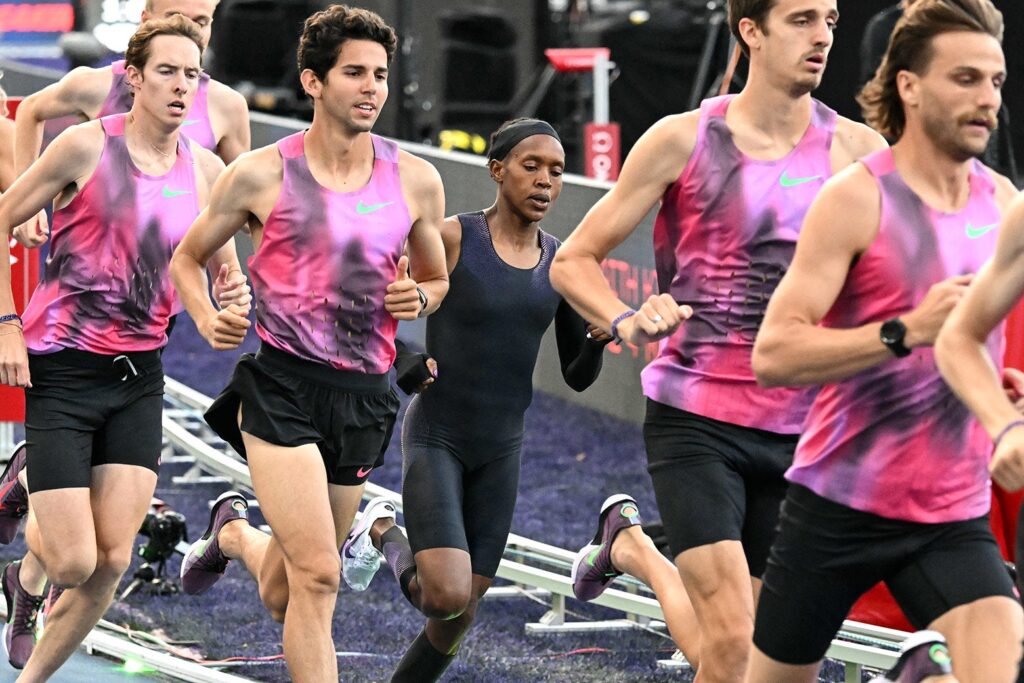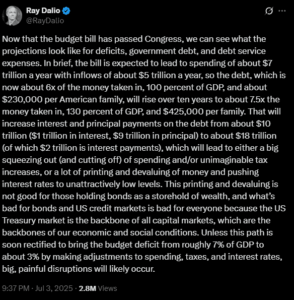
On Thursday in Paris, Faith Kipyegon attempted to achieve what no woman has done before: run a mile in under four minutes. Although she did not succeed, this event has sparked a broader discussion about the intersection of sports marketing, media narratives, and scientific interpretation.
In February, a scientific study suggested that Kipyegon might be able to run a mile in 3:59.37, provided she had perfect drafting from pacers and ideal running conditions. This study assumed she would be in peak condition, akin to when she set the women’s mile world record in 2023 with a time of 4:07.64. The study’s authors were clear about these ideal conditions, but the subsequent media coverage and marketing efforts painted a different picture.
The Role of Media and Marketing
Nike organized a high-profile event for Kipyegon’s attempt, framing it as a historic moment for women’s sports. The media coverage, influenced by the study, created an impression that Kipyegon was on the brink of breaking the four-minute barrier with the help of scientific advancements. This narrative, however, was based more on optimism than reality.
Interestingly, a more conservative analysis published in April, co-authored by a Nike scientist, concluded that the data did not support the likelihood of an imminent sub-four-minute mile. This analysis did not feature prominently in Nike’s marketing strategy, which preferred the allure of a groundbreaking achievement.
“Current data are insufficient to suggest that a sub-4 minute mile is imminent.”
The Reality of Elite Performance
Despite the hype, Kipyegon fell short of the four-minute mark, trimming just 1.2 seconds off her personal best. In the world of elite running, where races are often decided by fractions of a second, this was a significant gap. The expectation for Kipyegon to improve by over 3 percent was unrealistic, especially considering that Eliud Kipchoge’s sub-two-hour marathon required only a 1.6 percent improvement under similarly controlled conditions.
The notion that aerodynamic aids and new sports gear could bridge this gap was overly optimistic. Kipyegon has been at the pinnacle of her sport, benefiting from top-tier coaching and resources. The idea that minor tweaks could lead to such a dramatic improvement was a stretch.
Implications for Women’s Sports
The event was marketed as a testament to the power of science to make the “impossible” possible. Now, with the attempt falling short, questions arise about the role of science in sports marketing. This pattern of inflating scientific promises for marketing purposes can erode public trust in science, despite the clarity of the original research.
Moreover, the method of using male pacers to assist Kipyegon sends a problematic message. While the choice was based on physiological capabilities, it suggests that women need male assistance to achieve greatness. This perception was echoed during the broadcast by nine-time Olympic gold medalist Carl Lewis, who suggested altering the rules to showcase Kipyegon’s excellence. This inadvertently reinforced the idea that women’s achievements require exceptions.
“Sometimes you have to change the rules for people that are special. … We have to find a way to let the world see her excellence.”
Looking Forward
The attempt was not just about Kipyegon’s personal goals but was positioned as a milestone for all women in sports. The marketing narrative celebrated her bravery in chasing an improbable target, yet this approach risks patronizing rather than empowering women athletes.
This situation underscores the need for a more nuanced approach to celebrating women’s sports. Rather than setting unrealistic benchmarks based on male standards, the focus should be on recognizing and valuing women’s achievements on their own terms.
Ultimately, the most inspiring moments in sports are not those manufactured by marketing but those that arise from genuine athletic excellence. Kipyegon’s record-setting run in 2023, achieved through her own determination and skill, stands as a testament to her capabilities and the potential of women in sports.






